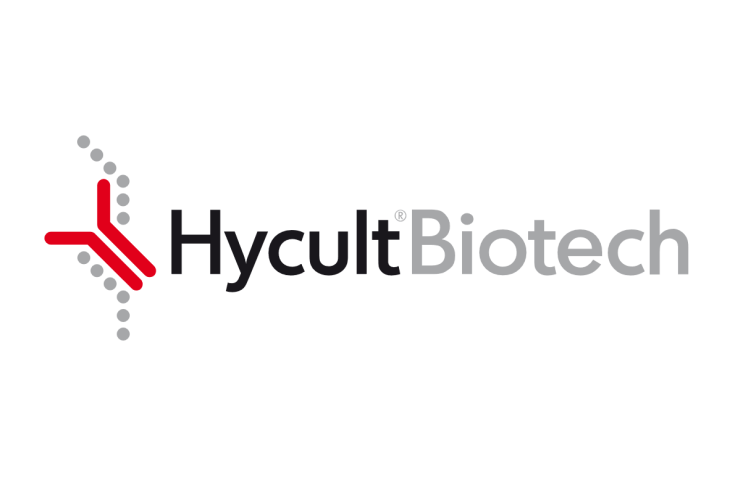Monoclonal antibody L20/3 recognizes human complement factor H (CFH). CFH is the first regulatory protein of the alternative pathway of the complement system. There are three pathways of complement activation. The classical pathway is initiated by immune complexes; the alternative pathway which does not require an antibody-antigen interaction for its activation; and the lectin pathway by surface bound mannan binding lectin. Each generates a C3 convertase, a serine protease that cleaves the central complement protein C3, and generates the major cleavage fragment C3b. The complement system mediates a number of essential biological functions that participate in host defense against infection, initiation of the inflammatory reaction, processing and clearance of immune complexes and regulation of the immune response. CFH binds to C3b, accelerates the decay of the alternative pathway C3-convertase (C3bBb) and acts as co-factor for the factor I-mediated proteolytic inactivation of C3b. Human complement factor H is a single-chain serum glycoprotein of 150 kD with a modular structure consisting of a tandem of 20 homologous units of about 60 amino acid, called short consensus repeats (SCR). Numerous functional sites have been identified along the 20 SCR domain structure of factor H. Three C3-binding sites have been identified in SCR1-4, SCR6-10 and SCR13-20 respectively. Three polyanion binding sites like heparin and several glycoaminoglycans have also been identified in the SCR7, 13 and 20. CFH displays an anti-inflammatory function and acts as a ligand for CRP. CFH has two important functional domains that are located at the opposite ends of the protein. The N-terminal fragment of the factor H molecule is an essential fluid phase regulator of the alternative pathway. With the C-terminal domain and SCR7, CFH binds to cell and tissue surface. This mediates its protective role also on host cell surface. CFH is a relatively abundant plasma protein, with a concentration of 0.4-0.8 mg/ml, that is essential to maintain complement homeostasis and to restrict the action of complement to activating surfaces. CFH regulates complement activation both in fluid phase and on cellular surfaces. Genetic analyses reveal a clear association of CFH with different human diseases. These include diseases of the kidney, the atypical form of Hemolytic Uremic Syndrome (aHUS) and membranoproliferative glomerulonephritis (MPGN). Furthermore, CFH is associated with age-related macular degeneration (AMD), a disease of the eye.
Do you have any questions about this product?
Order your product by email
Productname
Complement factor H, Human, mAb, L20/3
HM2249-20UG
By filling out this form, you are placing an order by e-mail. You will receive an order confirmation within one working day. The order cannot be modified after receipt of the order confirmation.
Request a sample
Productname
Complement factor H, Human, mAb, L20/3
HM2249-20UG
By filling out this form, you request a sample. You will receive an order confirmation within one working day. The order cannot be modified after receipt of the order confirmation.
Are you looking for specific products, alternatives or documentation?











